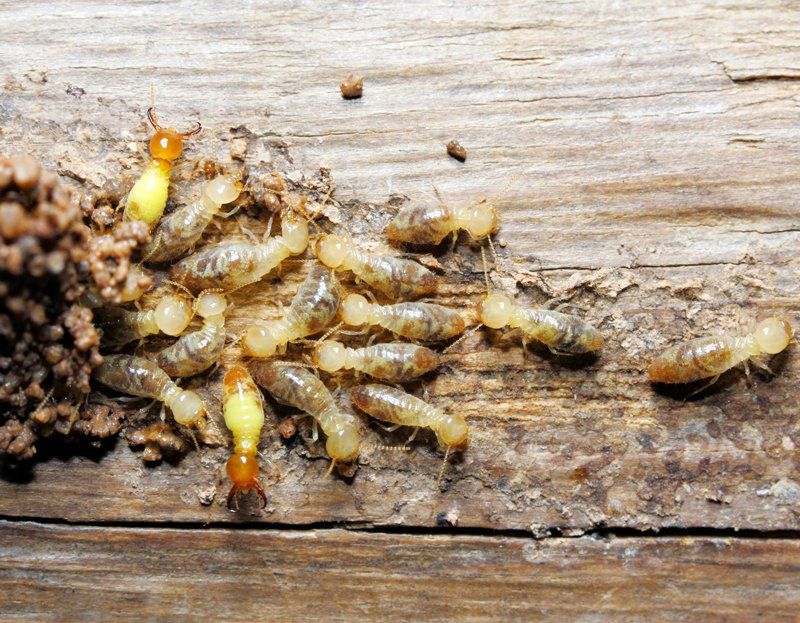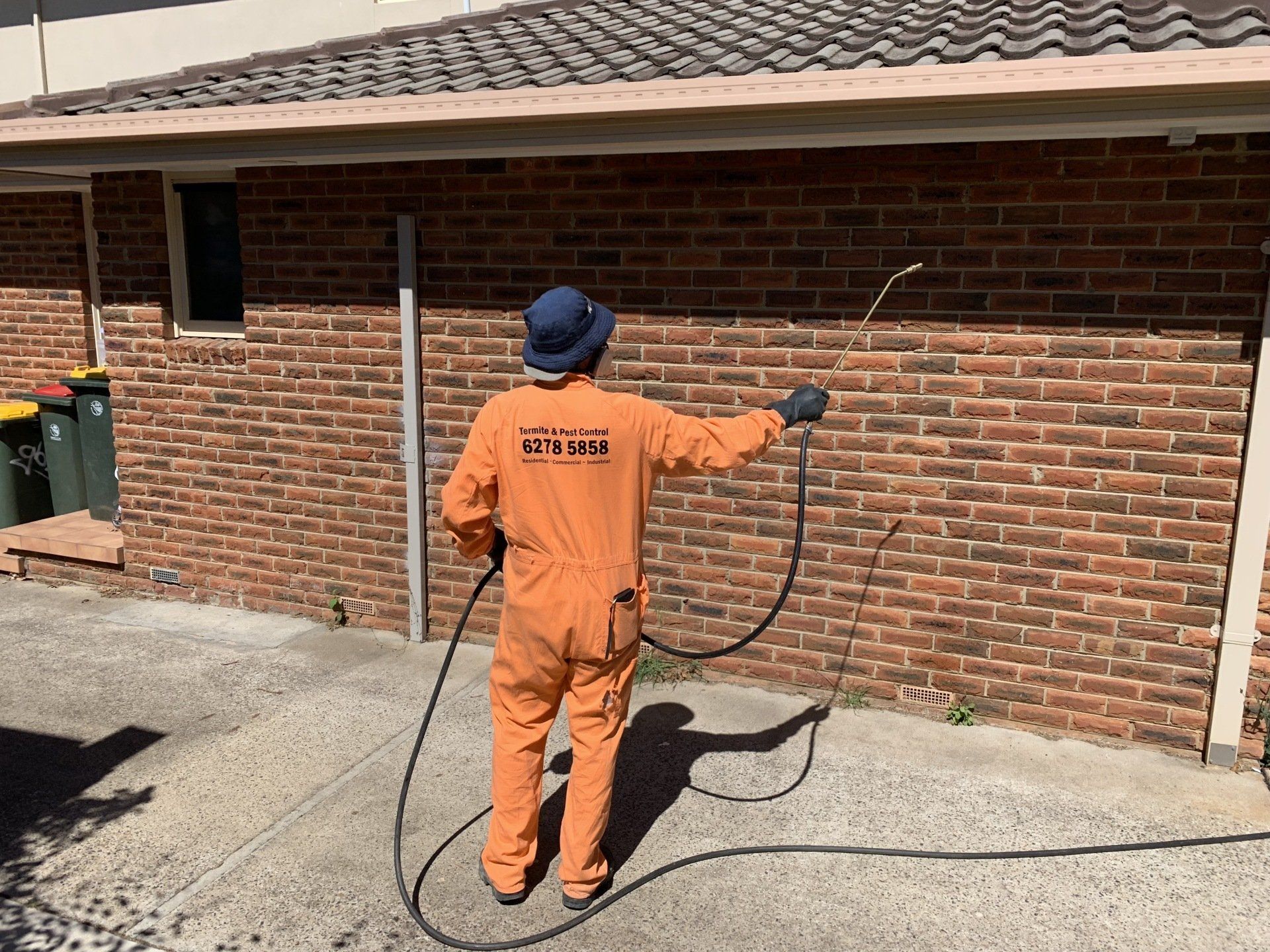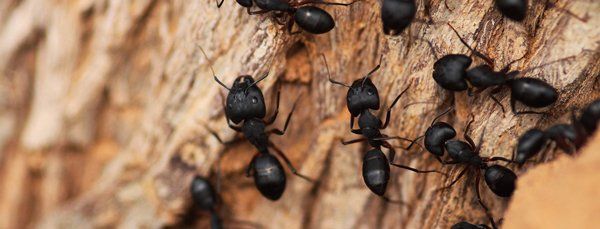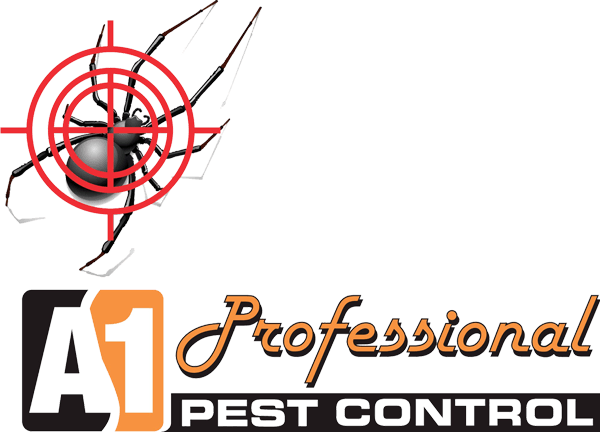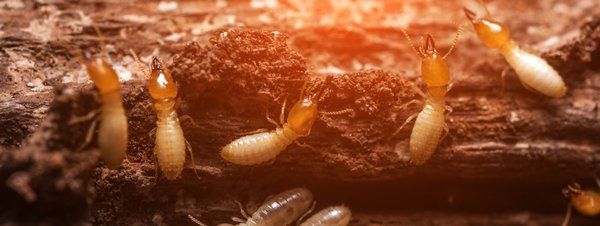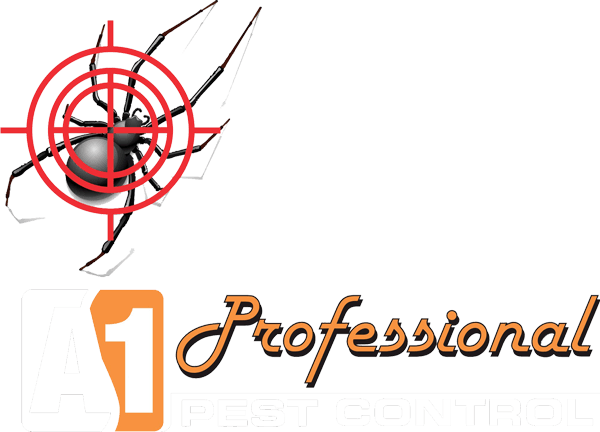Why bees need professional removal
There are over 2000 species of native Australian bees, coming in a range of different colours and sizes. Most native bees are solitary, however, with each female making her own nest. The main risk of infestation comes from an introduced species of the humble honey bee (apis mellifera). They often break away from commercial hives and set themselves up in hollows trees - or, in the cracks and crevices of your home. And, unlike most native bees, they have a sting that can pack a punch.
Safe removal of honey bee nests is time consuming, arduous, and absolutely must be conducted by a professional. Apart from specialist equipment, there are only a few chemicals that are legally registered for the control of bees. Most importantly, bees can become aggressive when they realise their hive is under threat. Many people suffer from an adverse reaction to bee stings, including anaphylactic shock. Even if nobody in your home is allergic, a run-in with an aggravated colony can be very dangerous.
The most effective way of quickly eliminating bees from the home is to spray with approved insecticide, and then remove all traces of the bees and their nest. Any remaining dead bees can decay and cause strong odours. Any honey left behind can cause trouble, too. It can absorb moisture, ferment, or even leak into your ceiling or walls, weakening gyprock and leaving nasty stains. It is sometimes necessary to open up the infested area, such as a cavity wall or roof space, in order to remove the bees. It’s important, too, to remove any trace of the comb and/or honey. Any leftover wax can attract more bees through their odour, so it’s important to be thorough.
The best thing to do if you notice bees around your home, is to call A1 Professional Pest Control and have us come around to inspect the property. We’ll be able to locate the nest and decide on the best way to approach removal. Most importantly, we’ll be able to conduct the removal quickly and safely, making sure you and your family are safe from unwanted pests.

